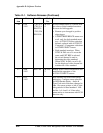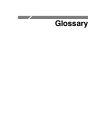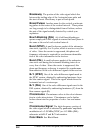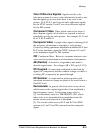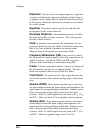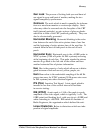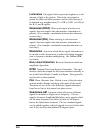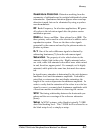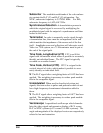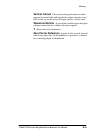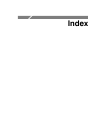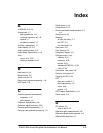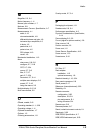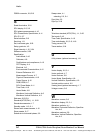
Glossary
1740A/1750A Series Waveform/Vector Monitor User Manual
G-7
Quadrature Distortion Distortion resulting from the
asymmetry of sidebands used in vestigial sideband television
transmission. Quadrature distortion appears when envelope
detection is used, but can be eliminated by using a synchro-
nous demodulator.
RF Radio Frequency. In television applications, RF gener-
ally refers to the television signal after the picture carrier
modulation process
RGB Red, Green, and Blue. Also referred to as GBR. The
three primary colors used in color television’s additive color
reproduction system. These are the three color signals
generated by the camera and used by the picture monitor to
produce a picture.
R--Y One of the color difference signals is obtained by
subtracting luminance (Y) from the red camera signal.
Saturation The property of color which relates to the
amount of white light in the color. Highly saturated colors
are vivid, while less saturated colors have more white mixed
in and, therefore, appear pastel. For example, red is highly
saturated, while pink is the same hue, but much less satura-
ted.
In signal terms, saturation is determined by the ratio between
luminance level and chrominance amplitude. It should be
noted that a vectorscope does not display saturation; the
length of the vectors represents chrominance amplitude. In
order to verify that the saturation of the colors in a color bar
signal is correct, you must check luminance amplitudes with
a waveform monitor in addition to observing the vectors.
SCH The timing relationship between the horizontal sync
pulses and the zero crossings of the reference subcarrier
(burst).
Setup In NTSC systems, video black is typically 7.5 IRE
above the blanking level. This 7.5 IRE level is referred to as
the black setup level, or simply as setup.



